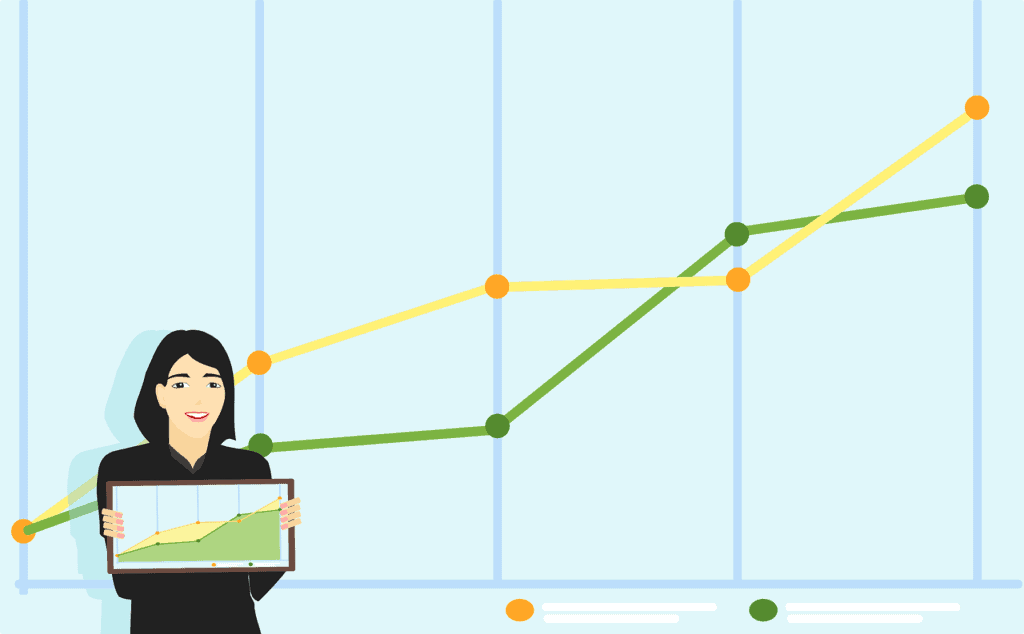The digital landscape is in a constant state of change and evolution. It’s a roiling landmass that stands still for no man, woman or business. Therefore, when it comes to digital marketing, flexibility is one of the most fundamentally important qualities your strategy should have. Whether you handle all of your own digital marketing or manage it through an outside agency, it’s important to have a finger on the pulse to determine what’s working and what isn’t, identifying telltale signs that your campaign might be failing before they become catastrophic for your bottom line.

Getting the most out of your platform
Most platforms used for content marketing come with useful tools that allow users to track their content’s performance. That said, some platforms provide more detailed information than others and even if you have access to all of the right information it can be difficult to know how to use it strategically. While WordPress, for example, has its own very rudimentary plugin Jetpack for viewing post statistics, Google Analytics has a plugin that can be used for most platforms from WordPress to Magento to Blogger. When you know how to squeeze every last drop of information out of your platform it can take some time and experience to know the best places to look for meaningful data.
Looking in the right places
In the face of an ocean of metadata it can be difficult to ascertain what information is of use to you and what isn’t. While this may vary depending on the nature of your site (e.g. whether it’s an ecommerce site or a brand blog) there are some stats which are universally more meaningful than others.
Hits (or Reach)- Very often entrepreneurs (especially those who are just starting out) tend to view success in terms of hits, clicks or reach… It’s all basically the same thing. If this is you then stop, today! Clicks are at best a vanity metric. Just because someone lands on your content doesn’t mean they’re engaging with it in a meaningful way. Instead, look at creating a compelling call to action like an invitation to subscribe to email shoots, push notifications or a downloadable white paper. Checking how many people do this will give you a conversion rate which is far more useful.
Shares- Social media shares can be a great metric imply that someone has read your content and want to share it with friends, family and colleagues. In theory. Lots of people share content based on the headline and / or featured image alone without even reading it so have a look at the comments on each share. These provide more telling qualitative data on which you can base your strategy going forward.
Time on page-. This can potentially measure engagement but bear in mind a user spending a minute on your page doesn’t necessarily mean they spent a minute reading your content. On page stats like scroll depth or consumption rate are more meaningful.
However you gather and analyse your data, it’s important to use it meaningfully to adjust or alter your strategy on a regular (at least monthly) basis.


